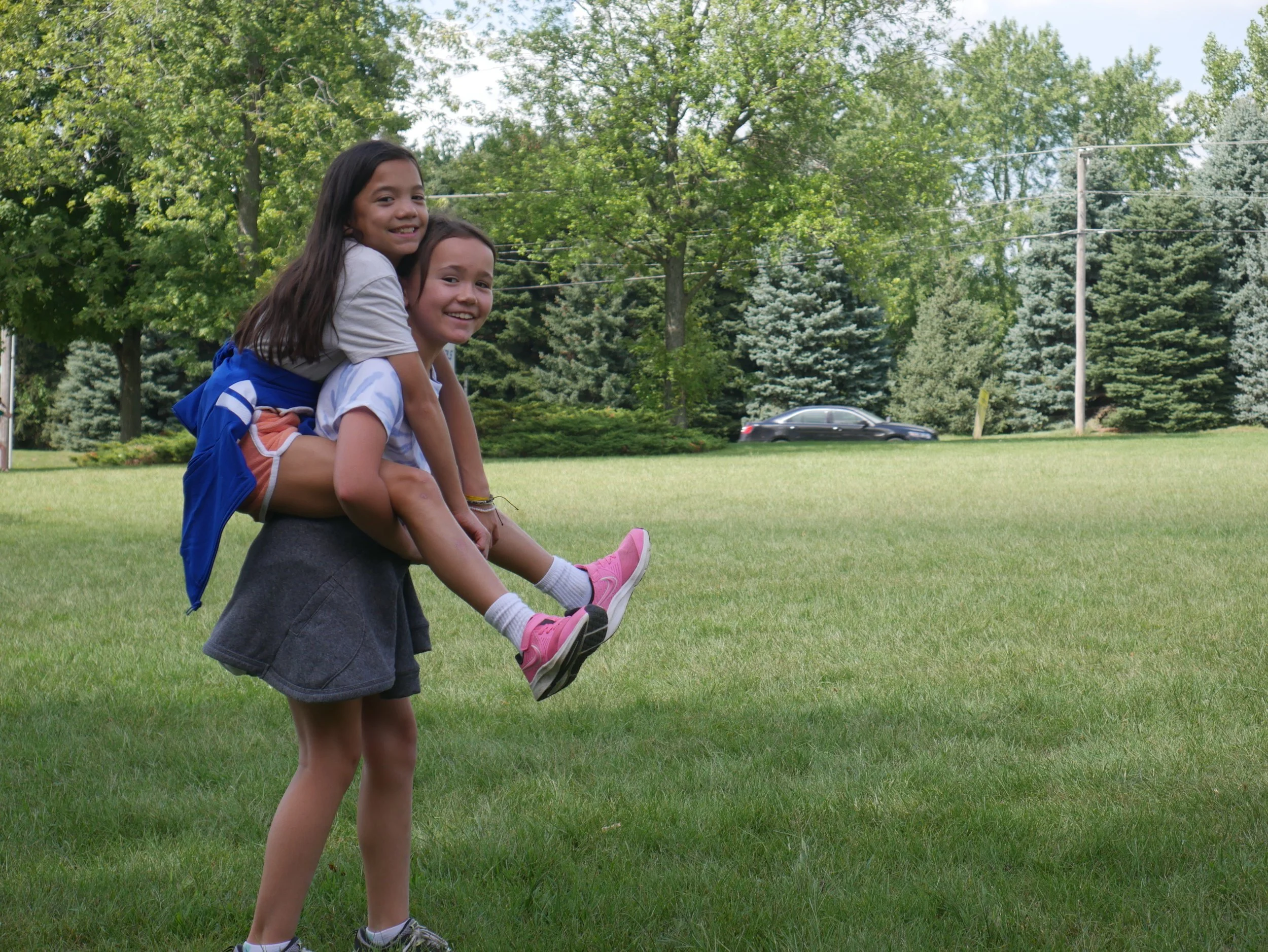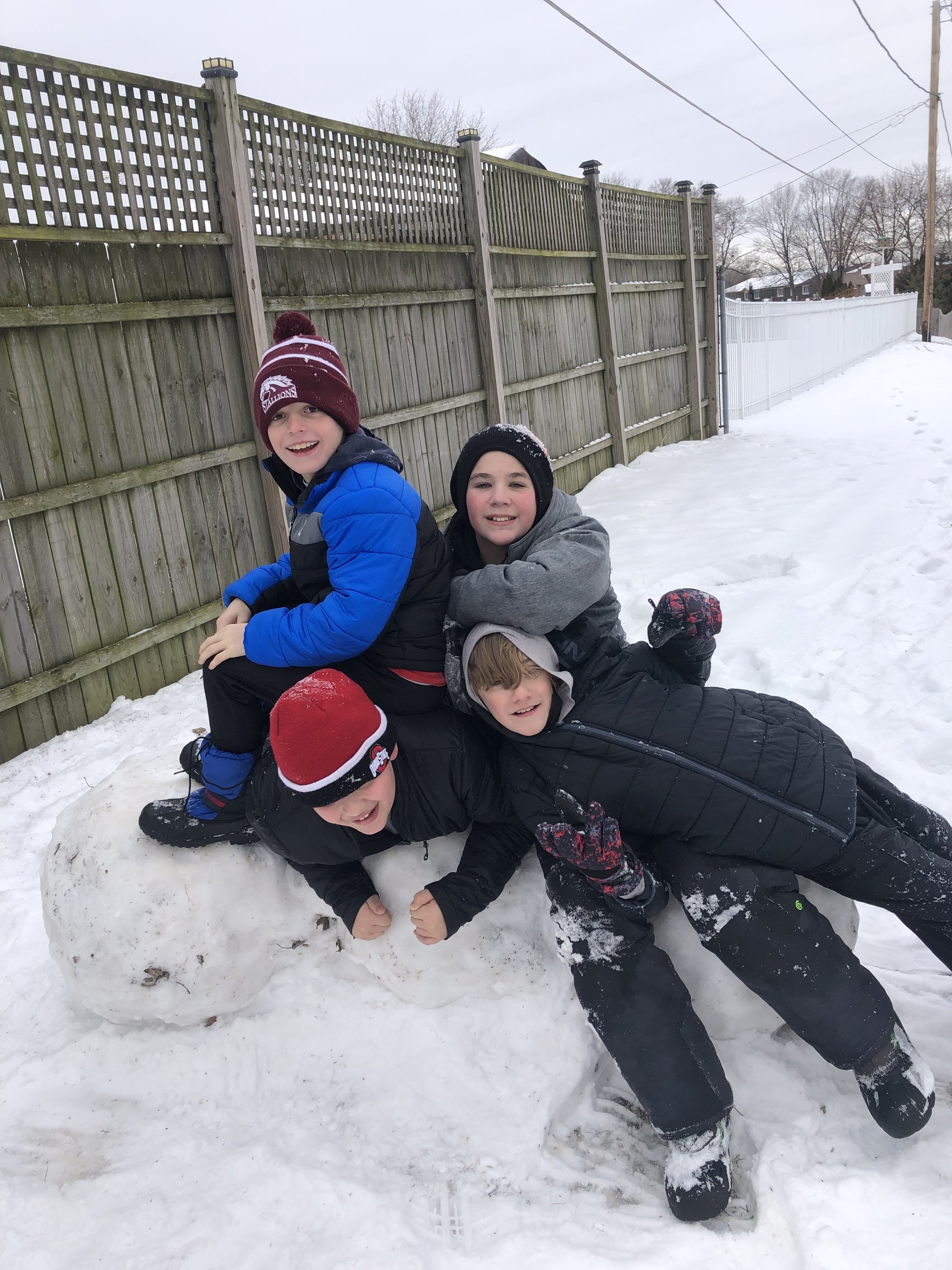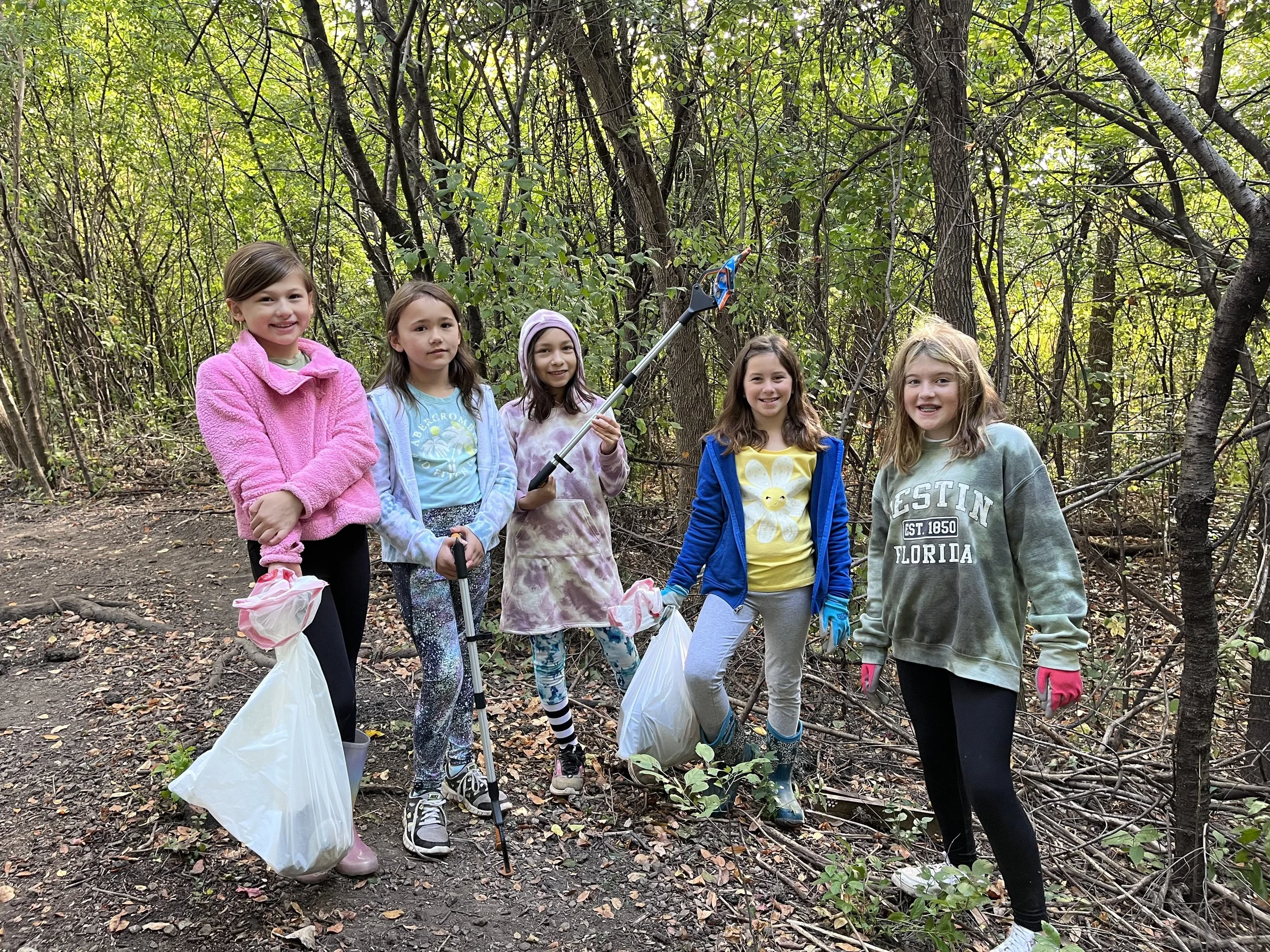
Upper Elementary
Ages 9-12
The Upper Elementary child, in the second half of the second plane of child development, deepens their work with a reasoning mind full of imagination and intellect.
The Child
Children at this age have an enormous thirst for knowledge which leads them to large projects, presentations, and debates. They hunger for in-depth research and appreciate lessons that continue to build upon one another. They are in a sensitive period for cosmic and moral order and analytical thinking. They lean into collaborative work, problem-solving, and scientific investigations and solutions. The nine to twelve year-old child is working to find their place in society.
The Environment
Cosmic Education, the interconnectedness of everything, is the focus of the elementary curriculum. All curriculum areas are integrated together while the room is prepared to allow students to be spontaneous learners. Doing so offers an opportunity for to children think, reason, and understand their place in the universe. It encompasses the whole child, academically, socially, and emotionally. Stories spark the imagination and guide the children toward great work.
As social beings, these students need to practice interacting in society and exploring the outside world. Going out to investigate a subject is introduced at the Upper Elementary level. These student-planned going-outs help further their knowledge of a specific topic while providing opportunities for real-world interactions like making phone calls, getting directions, and preparing for a trip.
Language - Students work on developing skills in written and spoken language, grammar and syntax, Greek and Latin etymology, word study, parts speech, composition, sentence analysis, vocabulary, reading comprehension, literature studies, and writing style.
Math/Geometry - Materials are used for a greater understanding of advanced math and build off of previous concepts taught in lower el and work towards abstraction. Math is integrated throughout the curriculum. All students will work with basic operations, fractions, decimals, and integers. Continued practice includes squaring and cubing, square roots and cube roots, and powers of numbers. Students may also investigate ratios and proportions, number bases, slopes, and algebra. Geometry provides the opportunity for logical thinking and deductive reasoning. Through hands-on material, students explore congruency and equivalence, polygons, lines and angles, area and volume, and higher maths such as the theorems of Pythagoras and Euclid.
Cultural Studies: The purpose throughout the cultural studies (Biology, History, Geography, Science) is for the students to view the world as a whole and to see the interdependence of all life. Students learn so much through historical, cultural, and scientific stories. These stories generate interest and ignite curiosity so the students can then research and explore based on their interests. The story of the timeline of life kicks off our study in biology every year! Experiences, experiments, and demonstrations allow the children to see for themselves science in the works. The students choose independent research to study more in-depth topics such as astronomy, biology, botany, chemistry, ecology, geology, human anatomy, meteorology, and physics. Cultural topics cover the creation of the universe, states of matter, the sun and the earth, the work of water and air, and economic geography, as well as cultures and countries.
The goal of the Upper El PE program is to teach students good sportsmanship, how to lose/win in a graceful manner, help them gain confidence, and be able to work together with others. Fitness, motor skills, the human body, and nutrition are ongoing studies. Students are outside as much as possible putting practical life skills to work - nature journaling, trash pick-ups, exploring the woods, looking for different plant specimens, and so much more!
The Montessori Guide
Maria Montessori said, “The teacher’s task is not to talk, but to prepare and arrange a series of motives for cultural activity in a special environment for the child.” The adult guides the student to help him think for herself. She teaches to the sensitive periods developing in the child. With so much learning going on in the environment, the guide must be prepared and ready to receive the child as soon as they arrive.
Meet the Upper Elementary Team
-
ELEMENTARY GUIDE
I started my Montessori journey in 2012 as an adolescent math and science specialist.In 2014, I started my elementary training. Montessori is my passion and I absolutely love working with kids. Prior, I worked as an environmental educator at Nature’s Classroom. I graduated with a degree in environmental studies with a focus on marine biology. Before Montessori, I wanted to research sharks. My past times include playing sports but I also love gardening, reading thrillers and historical fiction, and music.
My husband and I, along with our 3 kids, are beyond excited to be a part of the Lupine family!
-
LOWER ELEMENTARY TEACHER IN TRAINING
After seeing a TED talk on the importance of creativity in education, I became particularly interested in alternative education methods. Montessori was the answer to many concerns I realized while earning my Master’s in Elementary Education and in my public school teaching experience.Besides education, I have two degrees in Acting and work as a professional actor in Chicago. I am happiest when spending time with my wife, two stepsons, dog, and aquatic frog.
I am honored to be part of the Lupine community!
“The child builds his inmost self out of the deeply held impressions he receives.”
— Maria Montessori
















